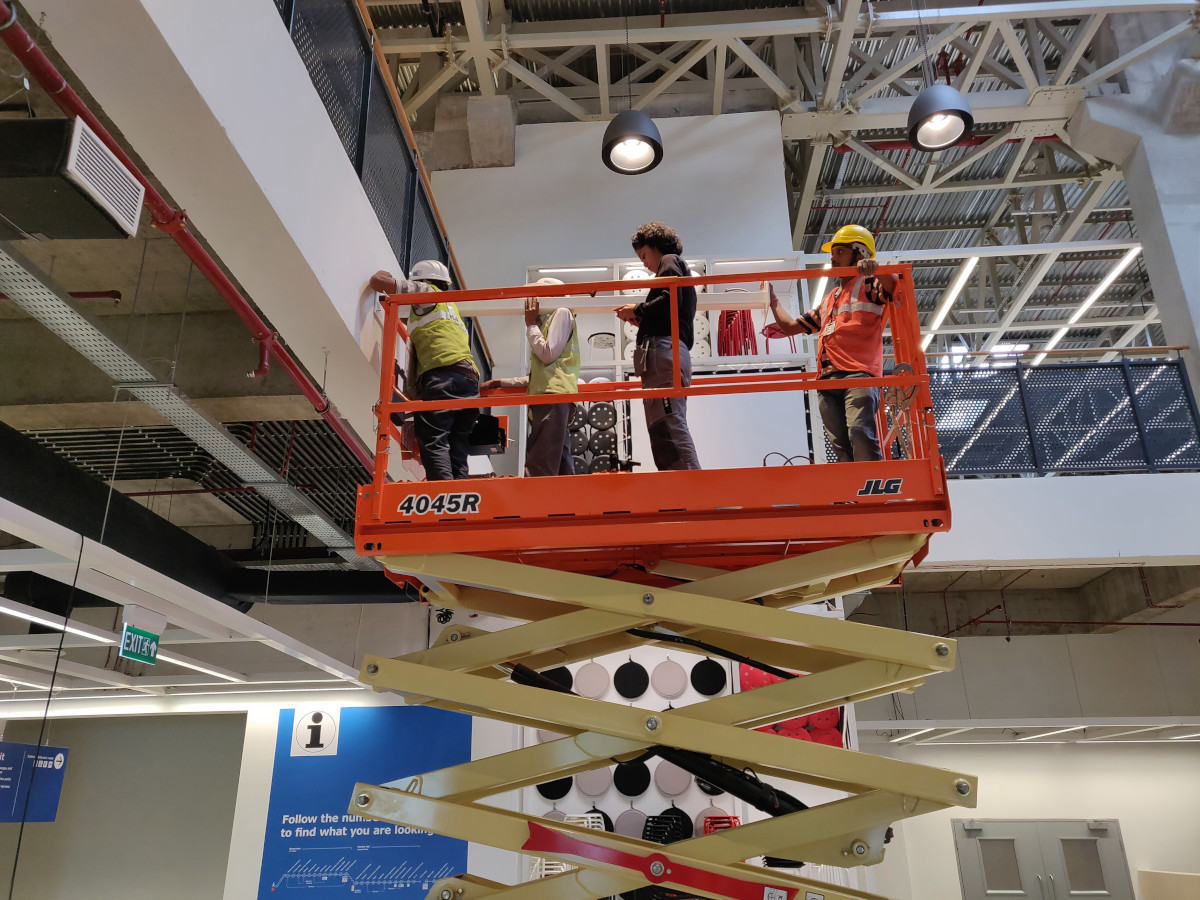
Effective Ways of Reducing Construction Project Costs
Although the construction business is touted as a largely profitable one, bad planning and poor project management can be costly. Understanding and managing your costs is critical for a profitable outcome. Construction project leaders need credible information on a real time basis in order to make the best project related decisions possible. Real time project information enables construction companies flexible and proactive project management. A successful and profitable project at it’s heart are a bundle of well informed decisions that mitigate risk.
Constructions costs are divided into a number of categories, but generally include some mixture of direct and in-direct, such as labor, raw material, land, design and management. These costs, in addition with big overhead expenses will determine if a project will be profitable or not. There are some additional ways contractors may reduce costs and retain profitable margins on projects.
Clear Project Planning
Let’s face it, almost nothing goes exactly according to plan. That doesn’t mean you shouldn’t plan, rather plan for the flexibility you may need. It is essential to have everyone who will be involved in the project on board, including project managers and key stake holders.
At this stage, you should look closely at your target profitability metric and build strategic cost buffers built into areas that hold greater risk. Your planning should include a detailed enough budget that can be used to determine profitability.
Construction can take months to years… raw material and labor rates are subject to variation. Plan for it and try to reduce financial risk by locking variable costs down like rates at the time of acquiring services and materials where you can. This strategy helps in knowing what your costs are likely to be and have a strategy for reducing risks.
Employ Diversely Skilled Staff
Downsizing can be a challenge, at times it may be the the only option to ensure survival. One way to reduce downsizing is with smart hiring, acquire key people with a diverse skill set and create a work culture that feeds and supports cross training and professional development. Investing in skill diversification gives you a workforce that can adapt to changing work requirements without hiring additional people. Developing your workforce should include clear communications that self improvement in strategic areas (be specific) makes workers more valuable to the company. That said, lets face it, some people are averse to learning new things… so hire the right people up front for key positions.
Reducing Your Fleet
If your construction company has a large vehicle fleet, chances are that you are incurring significant costs that range from preventative maintenance to insurance. Construction fleets have their own unique set of costs that include fuel, maintenance, liability, and others. If the company is constantly going over budget in their projects and generating lower profits, it might be time to reevaluate the cost of managing and maintaining the fleet.
A simple starting place is the fleet size, do you really need all of the equipment? One approach would be to identify unused or old vehicles and equipment and sell them off. In addition, you may look at the cost of maintaining the fleet and examine the cost to benefit of in-house vs outsourced maintenance options. Evaluating your fleet’s total cost to operate will shed additional light on areas that could be managed more efficiently.
These are only a few strategic areas that can examined for decreasing construction costs and generating better profits


